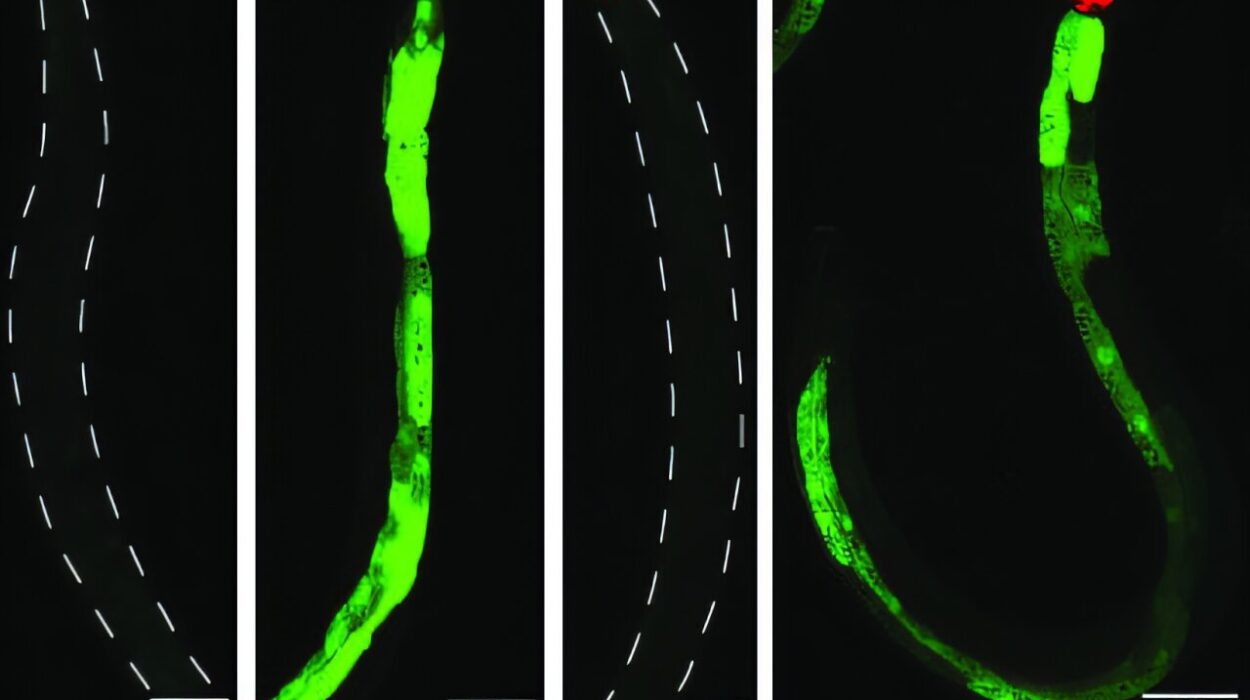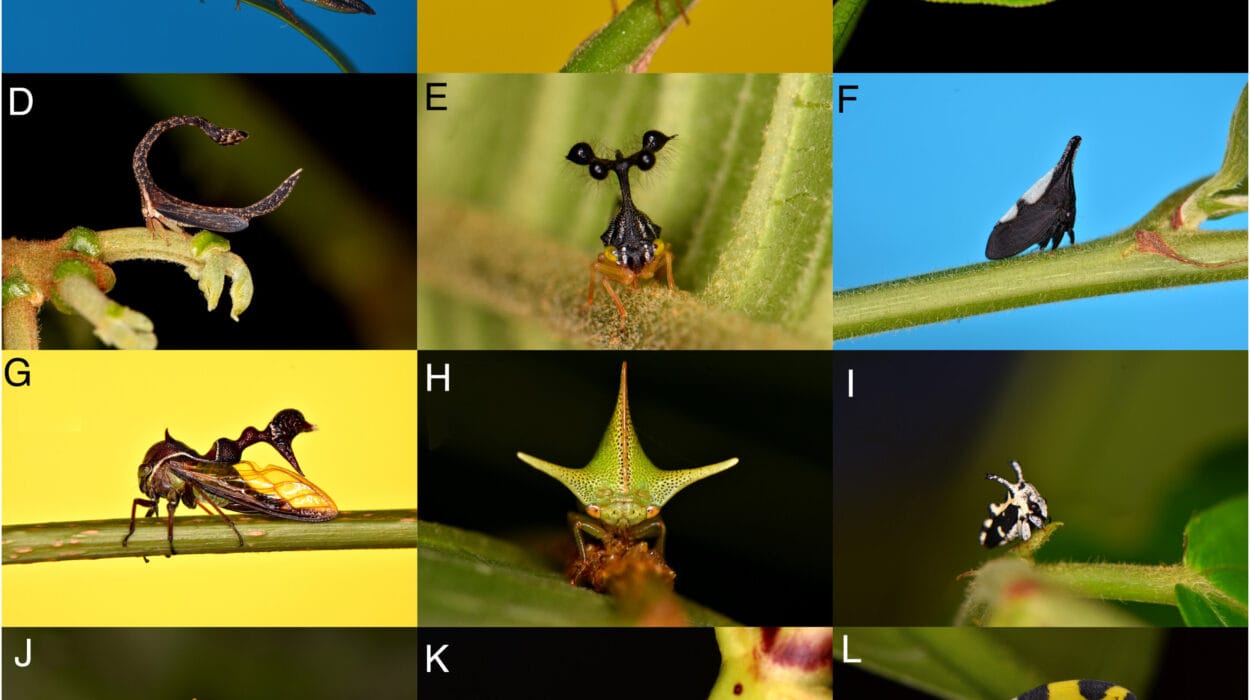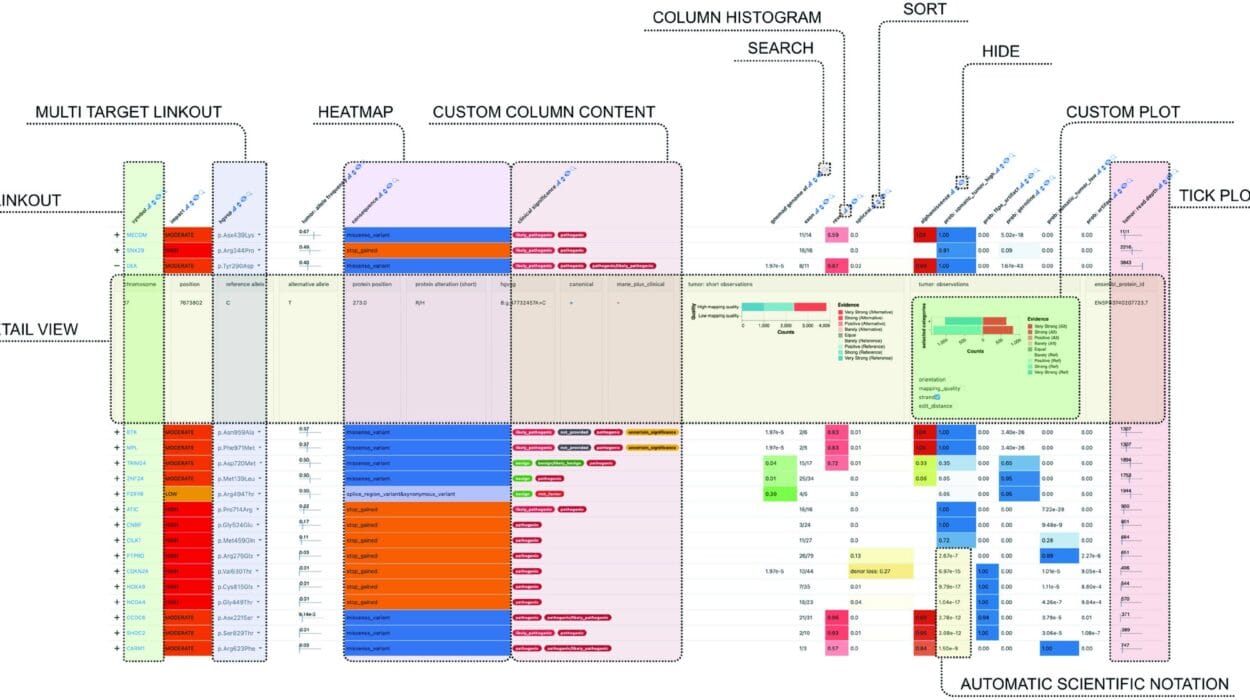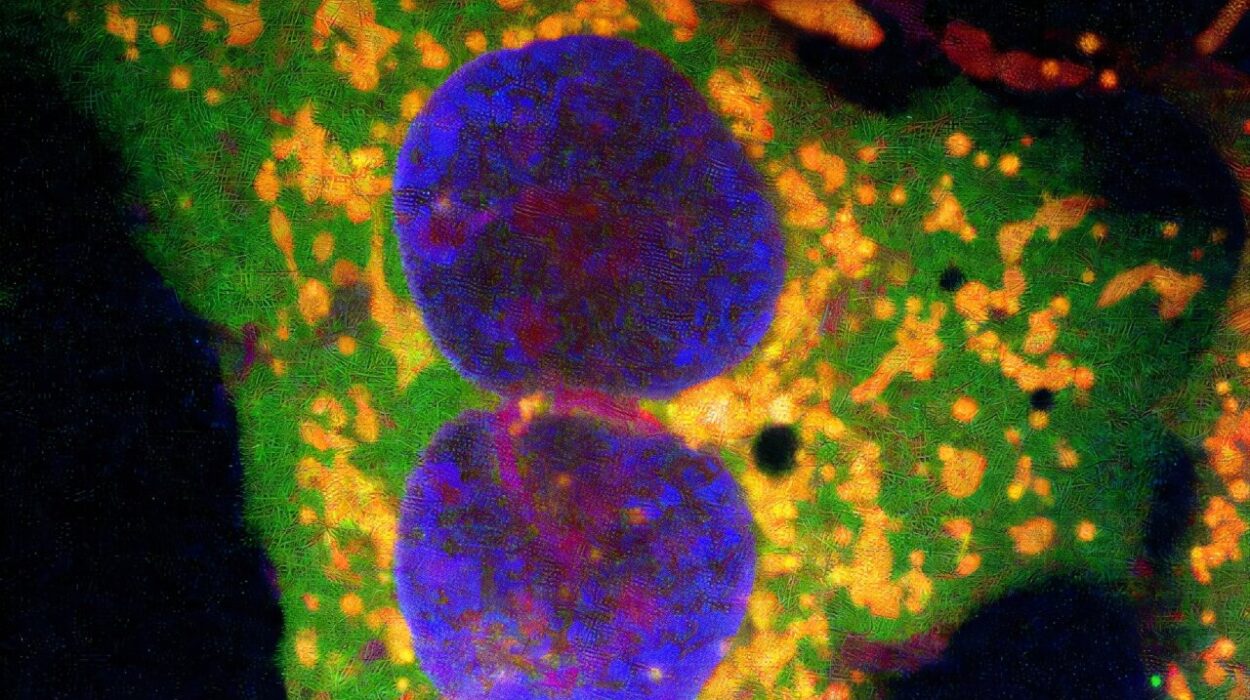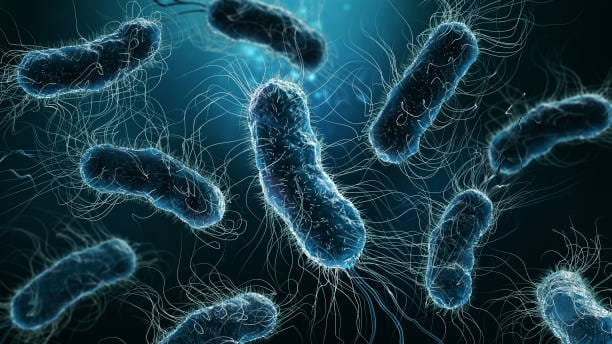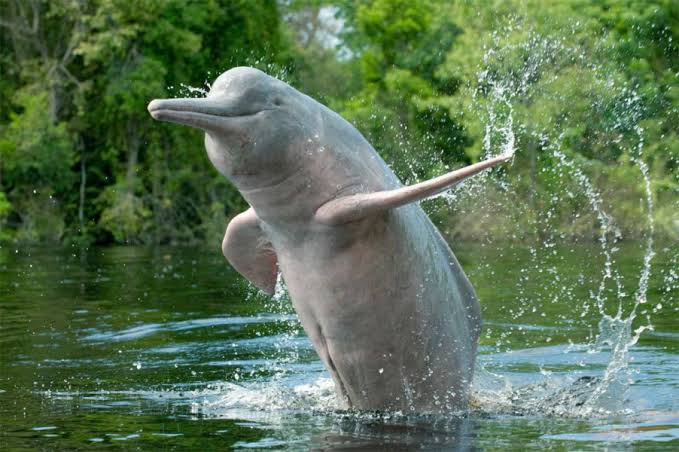Every morning, billions of people around the world wake up to the same ritual: a steaming cup of coffee. From the bustling cafés of New York to the quiet homes of Kampala, the drink is more than caffeine—it is comfort, culture, and livelihood. Yet, behind each cup lies a fragile system that is now under threat.
Nearly all the coffee grown today comes from just two species: arabica (Coffea arabica) and robusta (Coffea canephora). For centuries, these beans have fueled economies, powered mornings, and inspired art and conversation. But they are also notoriously sensitive. Arabica, the smoother, more sought-after variety, wilts under heat and disease. Robusta, hardier but more bitter, fares better but still struggles as global temperatures rise and weather patterns grow increasingly chaotic.
Climate change, once a distant concern, is now knocking at the door of coffee farms. Longer droughts, erratic rainfall, and the relentless march of pests are making it harder for farmers to cultivate these two vulnerable crops. Without change, coffee could shift from being a daily pleasure to a rare luxury.
A Forgotten Coffee Species Steps Into the Spotlight
In this struggle to preserve coffee’s future, scientists are turning to overlooked species, long relegated to the margins of global production. One of them is Coffea liberica, a little-known bean grown in small pockets of Africa and Asia. Until now, Liberica accounted for less than one percent of the world’s coffee production, often dismissed as an oddity for its oversized beans and unconventional flavor.
But a new genetic study, published in Nature Plants, is rewriting the story. Researchers have revealed that what we call “Liberica” is not one species at all, but three genetically distinct species with surprising adaptations to climate.
Through advanced genetic sequencing of 353 nuclear genes across 55 plant samples—combined with careful measurements of plant traits and geographic mapping—scientists distinguished three separate species: C. liberica (true Liberica), C. dewevrei (often called “excelsa”), and C. klainei.
Each species carries its own unique resilience to environmental stress.
Three Species, Three Paths to Resilience
The most striking discovery lies in their climate tolerances. C. dewevrei, the so-called excelsa, shows strong drought tolerance and thrives in regions with less rainfall. In contrast, C. liberica appears better adapted to environments with higher precipitation variability and long dry seasons at lower elevations.
The third species, C. klainei, remains a mystery—poorly studied and rarely cultivated. Yet its untapped potential makes it an exciting candidate for future research.
This newfound diversity is more than academic. It offers a tangible lifeline. As arabica falters in the face of rising heat, and as robusta faces its own climatic pressures, liberica and its relatives may step in to fill the gap.
Coffee Farmers on the Frontlines
While these findings make headlines in laboratories, the real battle plays out on farms across Uganda, South Sudan, India, Vietnam, Malaysia, the Philippines, and Indonesia—regions where Liberica and excelsa are already cultivated in small quantities. For many farmers here, the plants are both familiar and frustrating: familiar as part of local tradition, frustrating because their global demand has never matched that of arabica.
The confusion has not helped. For decades, inconsistent naming—Liberica, excelsa, dewevrei—has muddled both markets and research. Farmers often didn’t know which species they were growing, while researchers struggled to draw clear boundaries. The new genetic map clears that fog, giving farmers and breeders the clarity they need to move forward.
A Future Brewed With Possibility
What excites scientists most is not just that these species can survive where arabica and robusta cannot, but that they hold traits waiting to be unlocked by breeding programs. Flavor, disease resistance, yield, and climate resilience could be combined in ways that preserve the diversity and stability of coffee.
Imagine a future where farmers in drought-prone regions grow excelsa beans, while wetter lowlands produce Liberica hybrids. The familiar flavors of arabica might one day be complemented—or even saved—by the genetic gifts of these forgotten species.
But before that vision can materialize, much work remains. Field trials are needed to confirm climate adaptation traits, and more data must be gathered on C. klainei. Breeders must also experiment with hybridization, while ensuring that local communities benefit from any breakthroughs.
Protecting More Than a Drink
Coffee is more than agriculture. It is the livelihood of 25 million smallholder farmers and the daily ritual of billions of people. It is woven into the economies of entire nations and into the culture of nearly every corner of the globe. Losing coffee to climate change is not just about taste—it is about people, resilience, and heritage.
The discovery of three distinct Liberica species is not just a taxonomic correction. It is a reminder that diversity is survival, that hidden in overlooked corners of the natural world lie solutions to our most pressing challenges.
The next time you sip your morning brew, consider that its future may depend not only on the familiar arabica or robusta, but on the quiet resilience of Liberica, excelsa, and perhaps even klainei—beans that once stood in the shadows but may now hold the key to coffee’s survival.
More information: A. P. Davis et al, Genomic data define species delimitation in Liberica coffee with implications for crop development and conservation, Nature Plants (2025). DOI: 10.1038/s41477-025-02073-y

